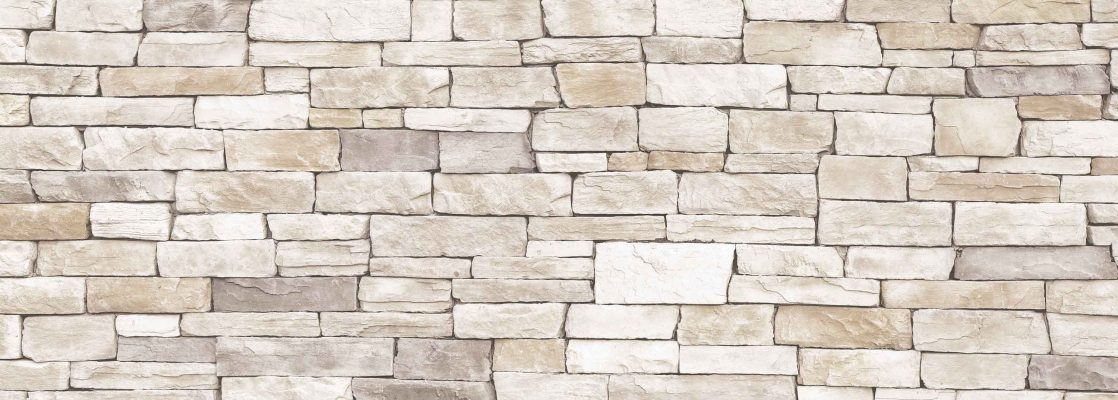
The choice of plaster for walls is a crucial decision that can significantly impact the durability, aesthetics, and maintenance of your home or office. With a myriad of options available in the market, it can be quite a challenge to determine the best plaster for walls. This article aims to provide an in-depth understanding of different types of plasters, their pros and cons, and factors to consider while choosing the best plaster for your walls.
Types of Plaster
- Lime Plaster: Lime plaster is one of the oldest types of plasters, composed of lime, sand, and water. It is renowned for its breathability and flexibility, which makes it less prone to cracking. However, it takes a longer time to dry and requires skilled labor for application.
- Gypsum Plaster: Gypsum plaster is a modern alternative to traditional cement and lime plasters. It is lightweight, fire-resistant, and can be directly applied to brick or blockwork without a separate finishing coat. However, it is not suitable for damp areas as it can absorb moisture.
- Cement Plaster: Cement plaster is a mixture of sand, cement, and water. It is highly durable and resistant to moisture, making it ideal for exterior walls and bathrooms. However, it is less flexible and more prone to cracking compared to lime and gypsum plaster.
- Clay Plaster: Clay plaster is an eco-friendly option that regulates humidity and temperature in a room. It is non-toxic and can be recycled. However, it is not as durable as other types of plaster and may not be suitable for high-traffic areas.
Factors to Consider When Choosing the Best Plaster for Walls
- Durability: Consider the durability of the plaster, especially if you are plastering exterior walls or high-traffic areas. Cement plaster is a good option for these areas due to its high durability.
- Moisture Resistance: If you are plastering areas prone to dampness, like bathrooms or basements, choose a plaster with high moisture resistance, such as cement plaster.
- Aesthetics: Different plasters provide different finishes. Lime and gypsum plasters provide a smooth and glossy finish, while cement plaster gives a rough finish.
- Eco-Friendliness: If you are environmentally conscious, consider using eco-friendly plasters like clay or lime plaster.
- Cost: The cost of plaster can vary significantly. While gypsum and cement plasters are generally more affordable, lime and clay plasters can be more expensive due to their unique benefits.
Conclusion
In conclusion, there is no one-size-fits-all answer to the question, What is the best plaster for walls? The best plaster for your walls depends on various factors, including the location of the wall, your aesthetic preferences, budget, and environmental consciousness. By understanding the different types of plasters and their pros and cons, you can make an informed decision that best suits your needs.

